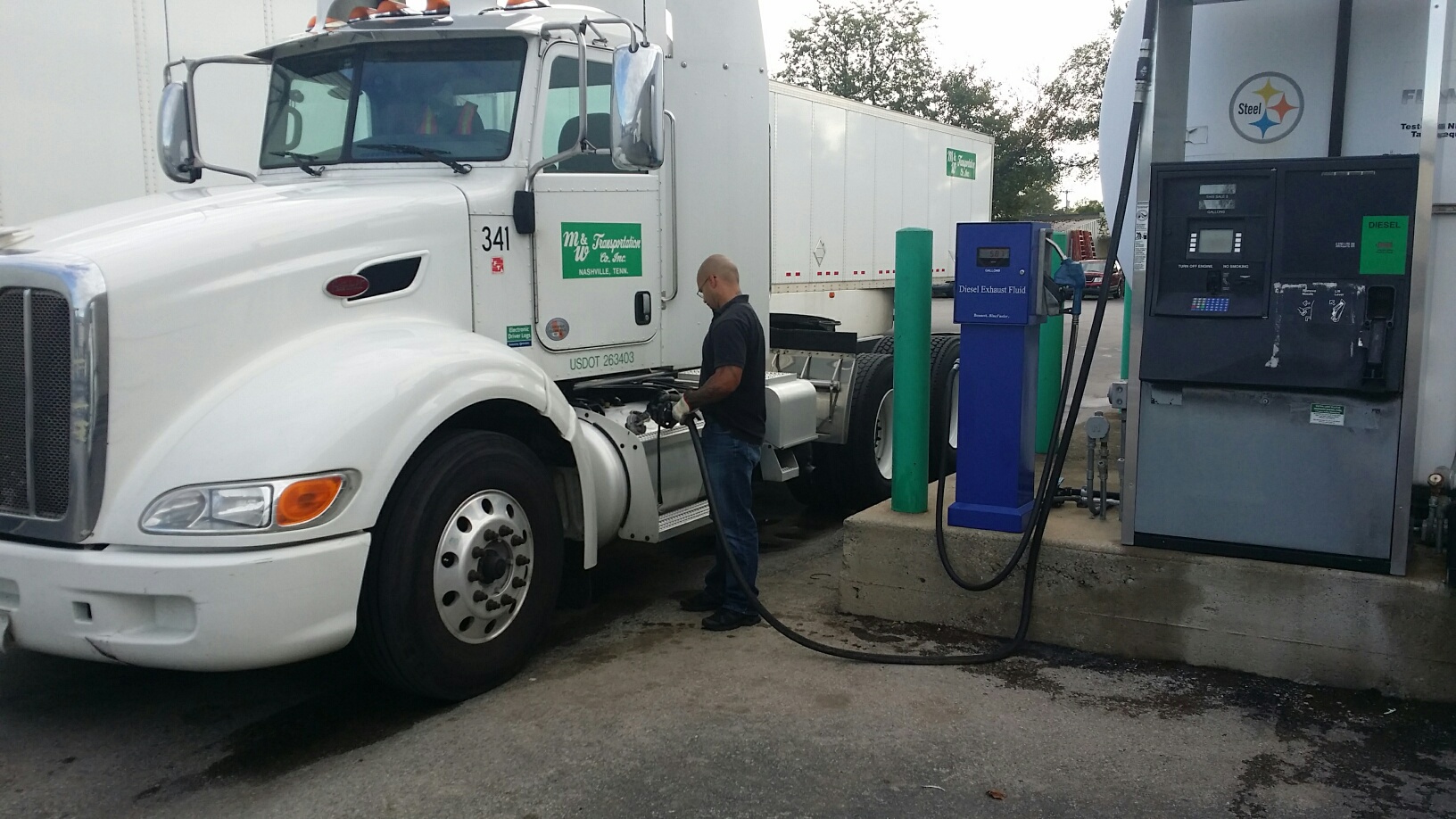You can’t pick up an issue of Car and Driver these days without reading about the impending arrival of the autonomous car. A recent issue featured the hits and near-misses of four upscale semi-autonomous sedans including the Tesla S, BMW 750i, Infiniti Q50S, and the Mercedes-Benz S65 AMG. Spoiler alert: the Tesla takes all. But what does this have to do with self-driving trucks and the future of commercial trucking?
While NASCAR drivers and the gearheads behind “Save the Manuals” may be trembling in shock and horror, the trucking industry is embracing autonomous technological innovation on all cylinders.
Why are trucking industry leaders so excited about these technological advances? Because the shift toward semi-autonomous and autonomous trucks could improve highway safety, make the profession more appealing to young or aspiring truckers, and improve the industry’s overall efficiency.
In July, leading industry publication, Trucking Times, wrote that self-driven trucks could improve safety by leading “to a future where self-driven, connected trucks improve the safety and efficiency of freight movement by easing the driver’s workload, enabling fuel-efficient platoons, and communicating with nearby vehicles, traffic signals, and road signs.”
How Highly Automated or Self-Driving Trucks Can Improve Safety
Proponents of automation claim that the move towards self-driving trucks will virtually eliminate truck crashes. Trucks.com notes that “…automation could potentially reduce truck crashes to a thing of the past. They would plunge from a U.S. average of 222 per 1 million vehicle miles in 2000 to just eight by 2040, the report said. Almost 4,000 people die annually in U.S. crashes involving trucks, according to the Department of Transportation.”
American lawmakers are invested in improving the safety of drivers and motorists alike. There’s a tremendous opportunity for safety benefits and reducing congestion on the roadways. Trucking Times reported in December that US lawmakers and industry stakeholders like Blair Anderson, the undersecretary for policy at the U.S. Department of Transportation are eager to explore new technologies. “We’re trying to use as many tools as we can to get this technology on the road.”
Automated Truck Still Need Drivers
Drivers worried about job security can rest easy, however: autonomous trucks still need drivers. In fact, American Trucking Associations President Chris Spear told the subcommittee in December that while self-driving technologies may eventually be a solution to the chronic driver shortage, “I think you’re always going to need drivers in the trucks in the cityscapes, doing pickups [and] deliveries.”
The commercial driver shortage in Tennessee is acute. The Times Free Press of Chattanooga reported that “Employers needing heavy- and tractor-trailer drivers are filling less than 12 percent of the jobs they have posted, creating an average monthly shortfall of 21,934 drivers in Tennessee. The Center for Economic Research in Tennessee, which conducts the employment analysis each year to help schools and colleges know jobs in most demand, estimates the demand for truck drivers in Tennessee will grow by 6,000 jobs in the next decade as thousands of Baby Boomer drivers retire.”
As the trucking industry continues to weather ongoing driver shortages and recruit highly qualified drivers, new technologies such as autonomous trucks will help address driver concerns and make trucking a more appealing career choice for many young drivers. Self-driving trucks have the potential to take the monotony out of long hauls and leave the highly skilled driving that’s required for cities, pick-ups, and deliveries in the hands of well-qualified professional commercial drivers.
How Automation can Make Truck Platooning a Reality
If you’ve ever watched NASCAR drivers run laps at Talladega, you’ve seen just how effective and dangerous drafting can be. Platooning is essentially the trucking equivalent of drafting with one key difference: it will make our roadways significantly safer. Industry insiders predict that platooning could take to the roads later this year.
“Early-adoptor platooning fleets are ‘chomping at the bit’ and ready to start truck platooning in real-world operations later this year.” said Peloton Technology CEO Josh Switkes in an interview published in Heavy Duty Trucking.
How does it work? According to Peloton, platooning saves fleets money and will help reduce crashes. Peloton makes trucks safer using automated collision mitigation systems that detect stopped or slowed vehicles and alert the driver to apply brakes. Trucks are connected using vehicle to vehicle communication technology so that the rear truck can respond immediately to the actions of the first truck. This allows trucks to accelerate and brake together safely and efficiently, forming an effective platoon. According to the company’s website, the system has a proven savings of more than 7%.
The future is now and the future is coming. Self-driving and semi-automated trucks offer great opportunities for advancement in safety, driver quality of life, and fuel efficiency.
Drive for the best. Contact M&W Transportation to speak to a truck driving recruiter today.

